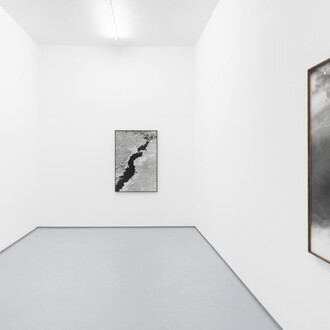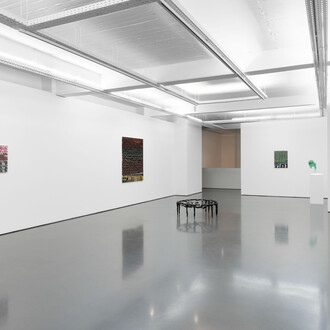After the first comprehensive presentation consisting of fifteen series, produced between 2003 and 2016, at the Kunstmuseum Wolfsburg, the show was presented at Museum für Kunst und Kulturgeschichte, in Dortmund, and has now found its third venue at Museu Coleção Berardo, in Lisbon.
What divides us and what unites us? How do people live with the shadows of cultural repression or political dominance? The South African photographer Pieter Hugo (b. 1976, Johannesburg) explores these questions in his portraits, still-lifes, and landscapes.
Raised in post-colonial South Africa, where he witnessed the official end of apartheid in 1994, Hugo has a keen sense for social dissonances. He perceptively makes his way through all social classes with his camera, and not only in his native country but also in places like Rwanda, Nigeria, Ghana, the United States and China.
His photographs record the visible and hidden traces and scars of lived biographies and experienced national history. He is particularly interested in societal subcultures, the gulf between the ideal and reality. His pictures feature the homeless; albinos; AIDS sufferers; men who tame hyenas, snakes, and monkeys; people who gather electrical scrap metal in apocalyptic scenarios; costumed Nollywood actors in striking poses, in addition to his own family and friends.
His photographs are non-hierarchical; everyone is treated with the same amount of respect. More artist than anthropologist or documentarian, Hugo captures the “moment of voluntary vulnerability” (Pieter Hugo) with a pronouncedly detached, but at the same time also empathetic, concise visual language, creating in this way true to life portraits of powerful directness. In many cases, this humanity stands in sharp contrast to the hardships of the social reality engulfing the subjects of his pictures.
Entirely in this sense, Pieter Hugo’s photographic still-lifes and landscapes occasionally seem like social commentaries or metaphors, complementing his sociocultural portraits.
















